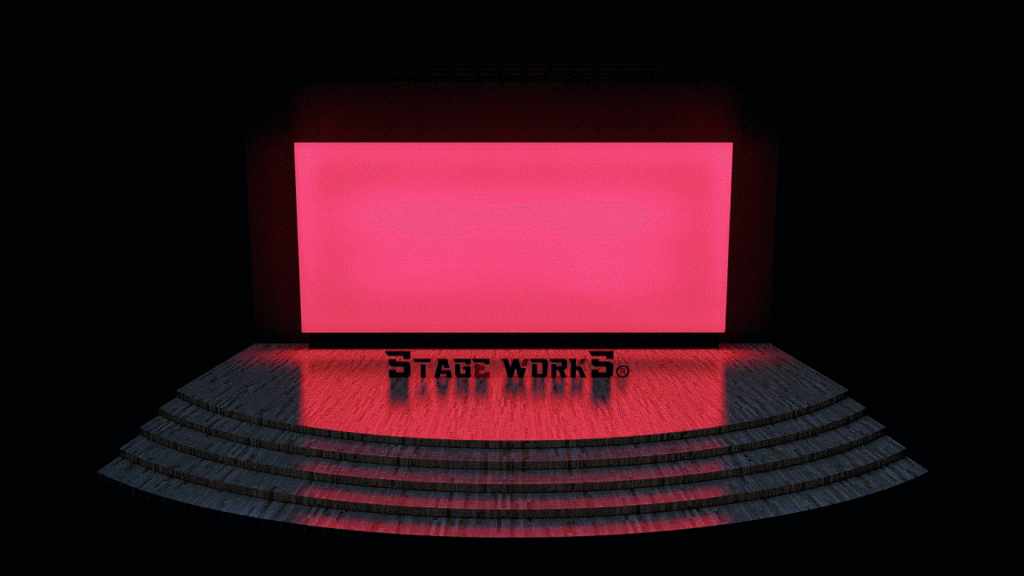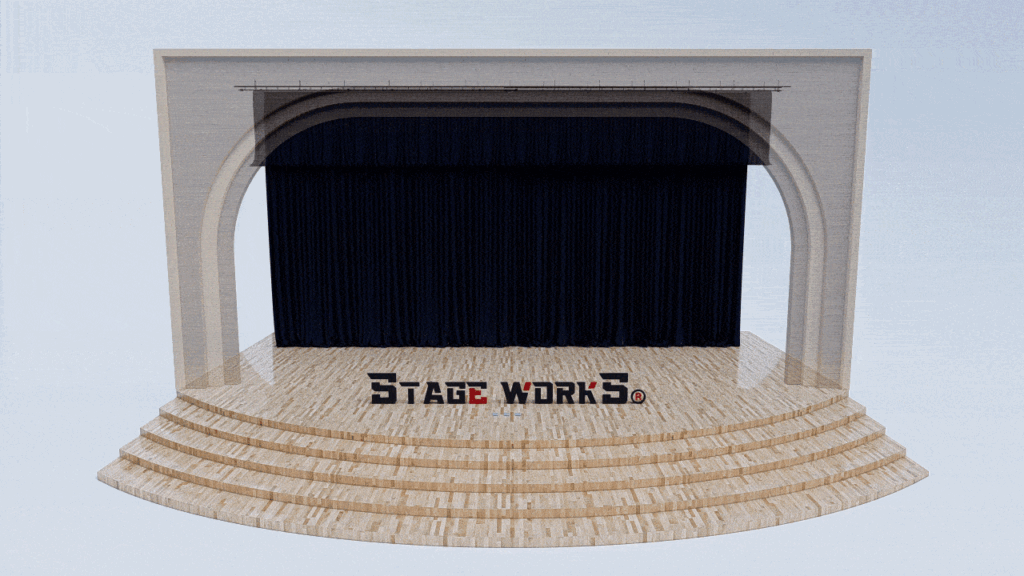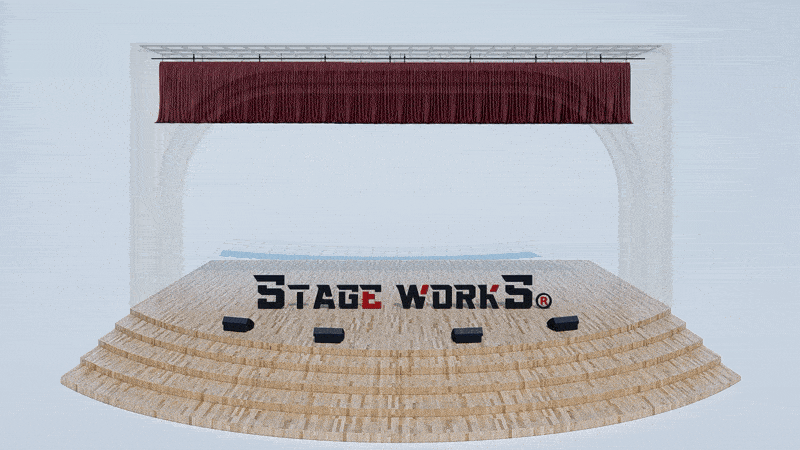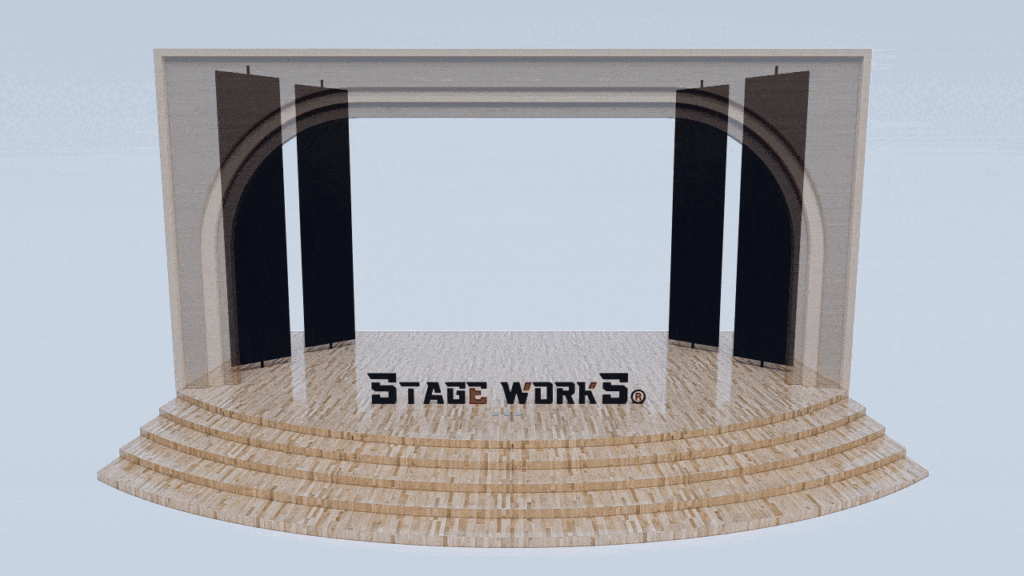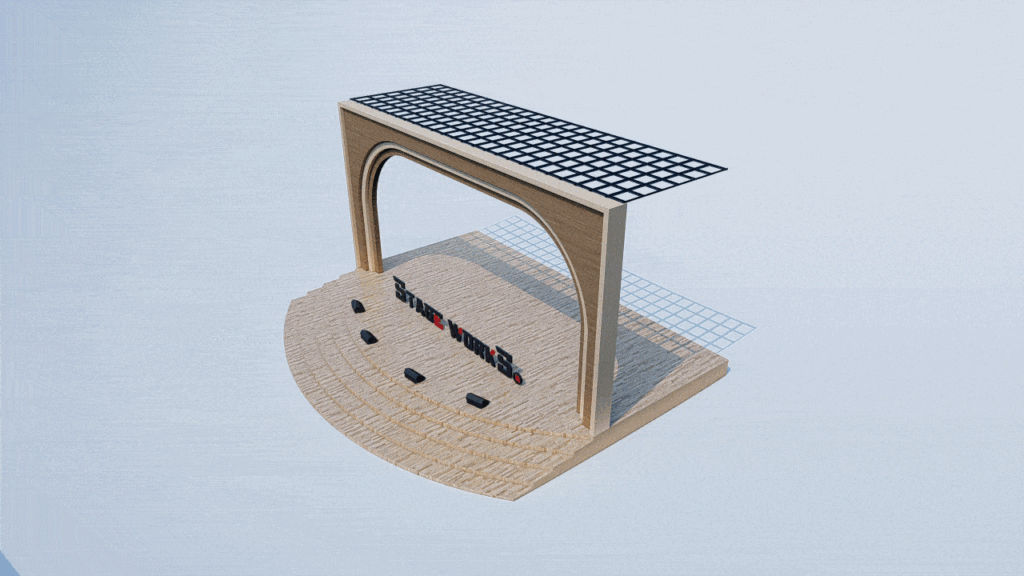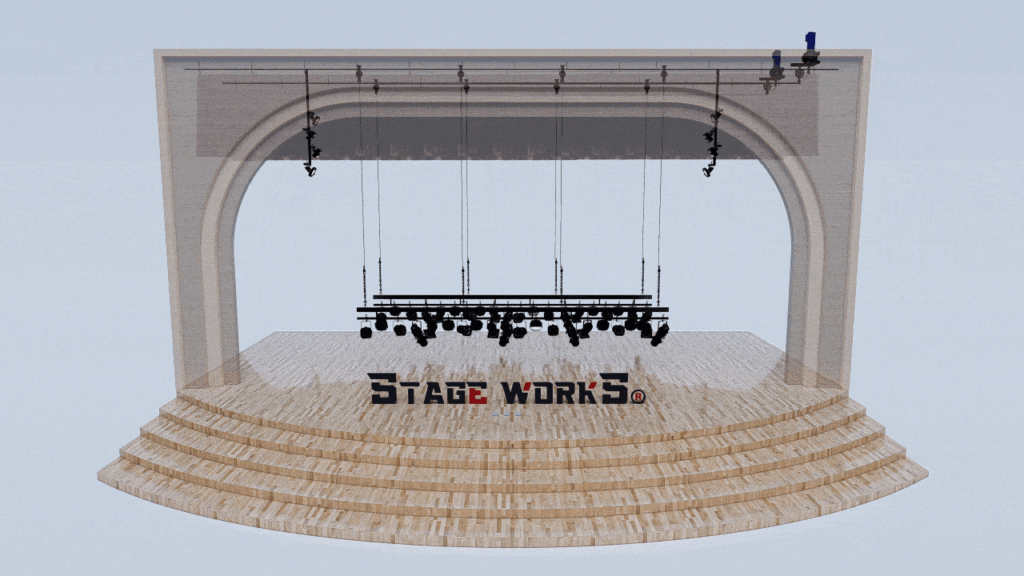Stage Curtain Design 2024: The Top 5 Unexpected Materials
Embracing Innovation: Beyond Traditional Velvets
The stage curtain, a seemingly simple element, holds immense power to shape the audience’s experience. In 2024, designers are pushing boundaries, moving beyond traditional velvet and exploring unexpected materials to create stunning visual effects and enhance theatrical storytelling. This year isn’t just about color and texture; it’s about leveraging material properties to achieve innovative design solutions. This article explores five surprising materials making waves in stage curtain design.
1. Recycled Ocean Plastics: Sustainability Meets Spectacle
Sustainability is no longer a trend; it’s a necessity. Enter recycled ocean plastics, transformed into durable and aesthetically pleasing stage curtains. This eco-friendly choice not only reduces plastic waste but also offers a unique textural quality, often with subtle variations in color and translucency, creating a captivating visual impact. The inherent imperfections add character, reflecting a contemporary aesthetic. Furthermore, the use of recycled materials presents a compelling narrative for environmentally conscious productions. Consider the potential for integrating upcycled fishing nets or other recognizable plastic debris into the curtain’s design, further enhancing its message and visual interest.
2. Bio-Based Fabrics: Nature’s Elegance on Stage
Bio-based fabrics, derived from renewable resources like bamboo, hemp, or seaweed, are gaining traction for their sustainability and unique characteristics. Bamboo offers a luxurious drape and soft sheen, while hemp provides exceptional strength and durability. Seaweed fabrics offer a subtle, almost ethereal quality, perfect for creating unique atmospheric effects. These materials not only align with environmentally responsible practices but also offer distinct aesthetic properties, opening exciting possibilities for designers seeking to create natural and organic stage settings. The subtle texture and often muted colors of these fabrics lend themselves to minimalist and naturalistic productions.
3. Laser-Cut Metal: Precision and Light Play
For productions demanding a futuristic or avant-garde aesthetic, laser-cut metal offers unparalleled precision and visual impact. Thin sheets of metal, intricately cut into patterns, create stunning light-filtering effects. The intricate designs can enhance the overall stage design, adding layers of depth and dimension. Different metal finishes, from brushed steel to polished brass, offer varying degrees of reflectivity, enhancing the stage lighting’s dynamism. The potential for interactive elements, with light passing through specific cutouts, further expands the creative possibilities. However, careful consideration must be given to weight and handling, as these curtains might require specialized installation and rigging.
4. 3D-Printed Textiles: Customizability Redefined
3D-printed textiles are revolutionizing fabric creation, offering unprecedented levels of customization. Designers can create intricate patterns and textures impossible to achieve through traditional weaving or printing methods. This opens up a realm of possibilities, from intricate geometric designs to representations of natural forms. The flexibility in material selection allows for integration of different components, such as embedded LEDs for dynamic lighting integration. While still a relatively new technology in stage curtain design, 3D-printed textiles are poised to redefine the possibilities of theatrical design.
5. High-Tech Smart Fabrics: Interactive Curtain Experiences
Smart fabrics, incorporating technology such as embedded sensors and conductors, are emerging as a game-changer in stage design. These curtains can react to audience interaction, change color or texture in response to lighting or sound, or even project images directly onto their surface. This creates truly immersive and interactive experiences, blurring the lines between the stage and the audience. The possibilities for integrating smart fabrics into storytelling are vast, promising an engaging and innovative approach to theatrical production.
Conclusion: A New Era in Stage Curtain Design
The stage curtain is more than just a backdrop; it’s a dynamic element that contributes significantly to the overall theatrical experience. The innovative materials discussed here highlight the exciting evolution of stage curtain design. By embracing these unexpected materials, designers are pushing creative boundaries and crafting visually stunning and technologically advanced productions.



